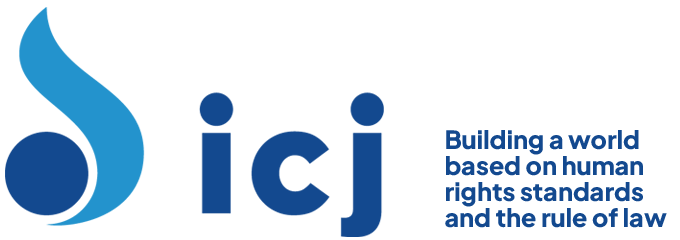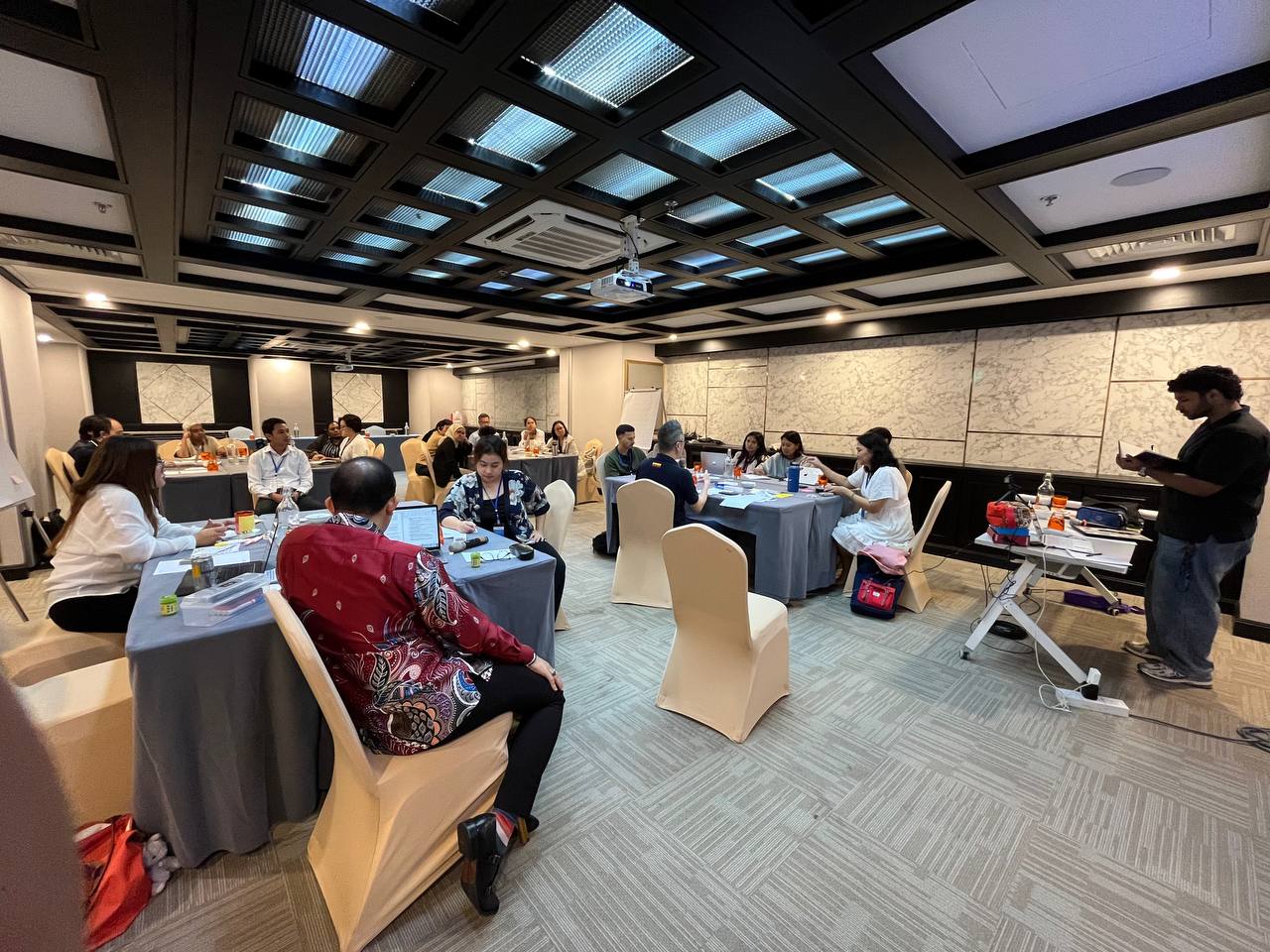Through its practices, laws and policies, the Israel enforces systematic segregation, discrimination, and domination over Palestinians across the occupied West Bank, East Jerusalem, the Gaza Strip, and within Israel itself – amounting to apartheid.
Widespread consensus on Israel’s apartheid regime
A multitude of human rights organisations and legal experts – including Amnesty International, Human Rights Watch, B’Tselem, the International Court of Justice (ICJ), and even the former head of Mossad, have all concluded that these combined policies and practices constitute a regime of apartheid because they are intentional, systematic, and widespread, and intended to dominate Palestinians and deny them equal rights based on their ethnicity or race.
In 2024, the ICJ issued a historic advisory opinion finding that Israel’s policies and practices in the Occupied Palestinian Territory (OPT) constitute apartheid and breach international law, demanding urgent international action to end this regime, and concluding that:
Israel’s legislation and measures impose and serve to maintain a near-complete separation in the West Bank and East Jerusalem between the settler and Palestinian communities.
Apartheid is an Afrikaans word meaning ‘separation’. It is a crime against humanity under international law, as defined in the Apartheid Convention and the Rome Statute of the International Criminal Court (ICC), entailing inhuman acts committed for the purpose of establishing and maintaining domination by one racial group over another, and characterised by systematic discrimination, oppression, and segregation. In the case of Israeli apartheid in the occupied territory, it is a system whereby Jewish Israelis receive special rights and freedoms while Palestinians living under Israeli rule, in the same area, are treated as inferior in rights and status to Jews, and systematically deprived of their rights.
Israel’s apartheid aims to advance Jewish supremacy
According to Amnesty International, the Israeli occupation enforces a system of apartheid against all Palestinians living under their effective control – whether they live in Israel, East Jerusalam, the West Bank, Gaza, or in other countries as refugees. Oppression is institutionalised, and Israeli laws and policies are specifically designed to deprive Palestinians of their rights, while advancing the regime’s goal of Jewish supremacy in the entire area under its control.
This has even been confirmed by Netanyahu, when he came to power in 2023 and declared:
The Jewish people have an exclusive and inalienable right to all spaces of the Land of Israel. The government will promote and develop settlement in all parts of the Land of Israel – in the Galilee, in the Negev, in the Golan, in Judea and Samaria (the biblical name for the West Bank.
While Israeli law gives people and their spouses from anywhere in the world with one or more Jewish grandparents the right to relocate to Israel and acquire citizenship, the 7.25 million Palestinians who were expelled from their homes or homeland during Israel’s formation in 1948, and are now refugees in their own country or abroad, are being denied by the occupation their legal right to return to areas from which they have fled or were forced. They’re unable to receive compensation for damages, and to either regain their properties, or receive compensation and support for voluntary resettlement.
Although it withdrew its military and its settlers in 2005, the Israeli occupation still maintains complete control over Gaza and its population of two million, through a land, sea, and air blockade. This means it’s effectively controlling the movement of people and goods. Because of the Israeli occupation’s actions, Gaza has long been referred to as an ‘open-air prison’, with a failing economy and the inability to travel to the rest of Palestine, or abroad.
Separate legal systems for Jews and Palestinians
In the West Bank, where oppression due to Israel’s apartheid is most severe, discrimination is institutionalised, as two separate legal systems are applied in a single territory, and which one you have depends on who you are. Palestinians live under Israel’s harsh military law, marked by arbitrary detention, torture, and discrimination, while illegal Jewish settlers, who live in illegally established settlements in the same territory, live under the protection of full Israeli civil law.
More than 1,800 military orders intervene in almost all aspects of Palestinian daily life, while the Israeli occupation’s police, soldiers, and private security firms are stationed throughout the area to ensure these orders, which are justified as ‘state security’, are obeyed.
For those not adhering to these military orders, punishment is severe, with military law ignoring basic rights such as fair trials, and allowing arbitrary detention of Palestinians. Palestinians are often arrested and taken from their home unexpectedly, in the middle of the night, and interrogated without a lawyer. They are tried in a military court, with military judges, prosecutors, and translators. Proceedings are conducted in Hebrew, which many Palestinian defendants do not understand, and there is a conviction rate greater than 99%.
A two-tier legal system legitimising apartheid
This dual legal system, in violation of international law, has helped to legitimise the occupation and illegal settlements in the occupied Palestinian territory, enforces inequality, and is a key part of Israel’s apartheid as it creates two populations living in the same area with drastically different rights.
Since 1948, when Israel forcibly displaced almost 800,000 Palestinians from their homes and destroyed hundreds of towns an villages, the occupation has aimed to control as much Palestinian land and resources as possible, and to take this for the Jewish population only. By expanding its settlement enterprise in the West Bank and East Jerusalem, Israel has not only demolished the possibility of a Palestinian state, but is also cementing its control over the territory.
Illegal Jewish settlements soaring: Palestinian home demolitions on the rise
These Israeli settlements are segregated housing units for Jewish Israelis built on Palestinian land and, although illegal under international law, Jews from around the world are welcomed by the Israeli occupation to colonise Palestine.
There are currently more than 737,000 illegal Jewish settlers living in the West Bank and East Jerusalem, and these have the state’s full ideological and material support, being armed by the government and protected by the Israeli occupation’s police and soldiers. These settlers only aim is to force Palestinians off their land, so their colonial settlements can be built there instead, and they do this by storming villages and terrorising residents, burning homes, killing livestock, and destroying crops and trees.
Israel’s steps to replace Palestinian communities with settlers and extend its sovereignty over the West Bank and East Jerusalem have accelerated. The biggest expansion of Jewish settlements in decades is now taking place, while the number of Palestinian home demolitions in the occupied West Bank and East Jerusalem is the highest it has been since occupation started in 1967.
Forced demolitions: a tool of ethnic cleansing
Forced demolition of homes and other structures – including water pipes, wells, and roads – have long been a tool of ethnic cleansing. They are a war crime, and devastate Palestinian families and communities. When carried out by the Israeli occupation, these demolitions can cost the owner of the structure the equivalent of around £20,000. So, to avoid paying this fine, Palestinians are often forced to bulldoze and tear down their own home, making their family homeless in the process.
The majority of demolition orders are issued because a home or structure is supposedly ‘illegal’, as it has been built without an Israeli permit, which are almost impossible to obtain. Demolitions are a form of collective punishment and can also be carried out as part of military activities. Thousands of Palestinians lose their homes yearly through demolitions, and this forced displacement breaks Palestinian communities and increases Israeli control over the land.
Water apartheid by Israel
The Israeli national water company Mekorot implements an apartheid policy of water management in the occupied Palestinian territory, illegally restricting access to water, depriving Palestinians of a sufficient water supply, and violating World Health Organization (WHO) recommendations.
So, while these illegal Israeli settlements have unrestricted access to water, 65% of the Palestinians in the West Bank are not even supplied with daily running water in their homes, according to B’Tselem. And in the Jordan Valley, the herding communities consume just 26 litres a day, while the settlers consume 400-700 litres of water per capita per day. This is collective punishment and apartheid directed at Palestinians.
Military checkpoints fragmenting Palestinian communities
And while Israeli settlers living in these illegal settlements drive freely on Jewish only roads, and can move between the West Bank and Israel, Palestinians are unable to do this, instead, facing severe movement restrictions. Military checkpoints, roadblocks, and the separation barrier – which the Israeli occupation calls the ‘security fence’ – fragment Palestinian communities and restrict access to education, health services, and economic opportunities, splitting Palestinian homes and farmland apart, and creating isolated enclaves. Meanwhile a strict permit system controls when and where Palestinians can go and makes life extremely difficult. These movement barriers destroy their social and economic life.
Even when traveling within their own neighbourhoods, they are held back at checkpoints, and treated as intruders in their own land. Palestinian authorities last week warned that in East Jerusalem alone, the Israeli occupation has erected 88 military checkpoints and iron gates in and around the city. This is not about security, but about an apartheid system of control.
Failed responsibility of the international community
Apartheid is both an international wrong and a crime against humanity. When a crime against humanity is committed, the international community has an obligation to not only prevent it, but also to hold those who have committed the crime to account. This has not yet happened in the case of the Israeli occupation.
Michael Lynk, the UN Special Rapporteur for human rights in the Palestinian territory occupied since 1967, summed up the situation in 2022, when he said:
For more than 40 years, the UN Security Council and General Assembly have stated in hundreds of resolutions that Israel’s annexation of occupied territory is unlawful, its construction of hundreds of Jewish settlements are illegal, and its denial of Palestinian self-determination breaches international law……if the international community had truly acted on its resolutions 40 or 30 years ago, we would not be talking about apartheid today.
Featured image via the Canary
By Charlie Jaay
This post was originally published on Canary.






